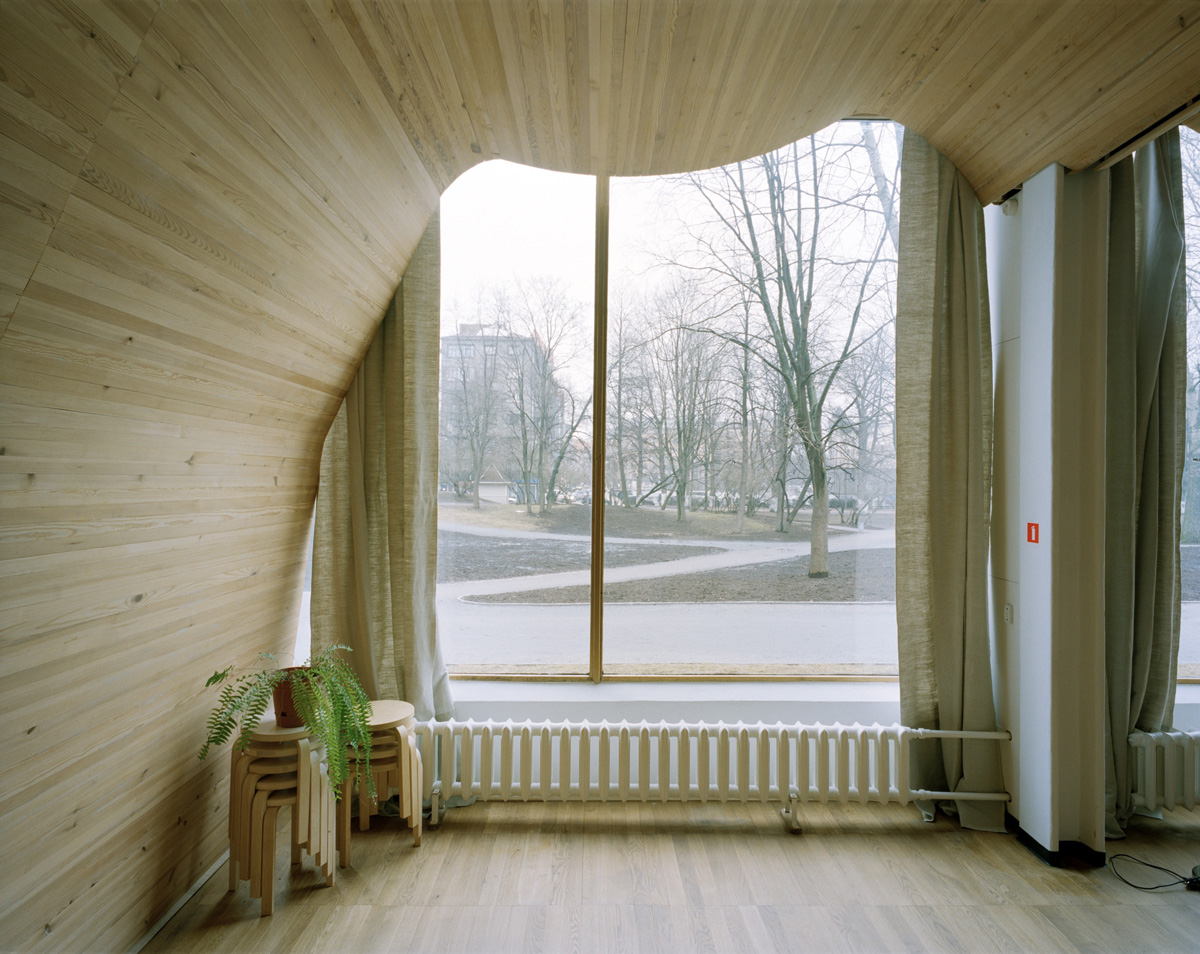Organic Form Interior Design: Biofilico Wellness Interiors
Selecting an interior design style for a home, office or gym can be an exhausting and time-consuming process.
Unlike many other options, organic design quite simply translates the aesthetics of nature and combines it with the latest in wellness design strategies to deliver an interior style that is cohesive and enveloping. Organic design emphasizes the use of curved lines and round shapes, adding flow, movement, and balance to interiors.
This combination of nature, wellness and science delivers a sense of balance, both energizing and restorative. Generally more rounded shapes evoke a feeling of calm and relaxation, softening the environment and creating a sanctuary for de-stressing.
Organic forms contribute to a cohesive and enveloping interior style, reflecting the post-pandemic societal realignment of values towards comfort, wellbeing, and nature.
Eco-friendly design with natural materials
Sustainable and eco-friendly buildings are a concept that has been introduced into mainstream design over the past 20 years but the historical movement of its predecessor, organic design, started long before. Natural elements have been a part of eco-friendly design for decades, emphasizing the connection between nature and built environments.
With organic architecture and organic design stretching back as far as the 30’s there is a rich history of architects and designers deploying this philosophy in a poignant way, long before talk of biophilia and biophilic design. Indeed the creations birthed from this branch of design went on to heavily influence the trajectory of the design sector as a whole. Organic design incorporates organic shapes to create a harmonious and sustainable environment, using elements inspired by nature to add flow, movement, and balance to interiors.
Frank Lloyd Wright: The Biophilia Pioneer
Frank Lloyd Wright (1867–1959) was an American architect, interior designer, writer, and educator that not only coined the term organic architecture but also believed in and abided by the concept. Wright's philosophy emphasized the use of natural forms in his designs, incorporating organic shapes to promote harmony between man-made elements and the natural world. After a full career that involved designing over 1,000 structures—532 of which were completed—he published “The New Architecture: Principles”, an essay that laid out nine principles of architecture reflecting his philosophy of organic architecture and design.
What is organic design architecture & organic forms in interiors?
Organic architecture is best described as harmonizing the man-made world with nature. Or more abstractly put, “form follows function”, a statement coined by Wright’s mentor and fellow architect, Louis Sullivan.
A structure built using the principles of organic architecture, and organic design style as a whole, can be said to display the following characteristics:
Closely resembles nature, blending in and utilizing its natural surroundings
Incorporating organic shapes into home interiors can create a sense of softness and movement
Creates things from the inside out, mirroring natural shapes found in the environment
Uses materials and shapes found in the natural world
The derivative term, organic design, extends the philosophy of the architecture of the same name to smaller projects like furniture, accessories, and art.
Biophilic building case study: Wright's Fallingwater (1935)
Use of natural materials, skylights, and irregular forms can all be seen in the construction of the Viipuri Library, all stylistically typical of the architect Alvar Aalto. The inclusion of natural light is crucial in creating a peaceful and nurturing workspace. It is this organic design interior approach used in Aalto’s architecture, furniture, textiles, glassware, sculptures and paintings that are attributed to his success as a highly recognized, modern architect and designer in the 1930’s. Notice too how this wave-like form repeats itself in the glorious Aalto-designed vase that proudly sits on our showroom table.
Specifically designed for the Organic Design in Home Furnishings competition organized by the Museum of Modern Art, the organic chair was revolutionary. Up until this point, comfortable chairs were constructed with expensive springs and heavy bolsters of upholstery padding. The lightweight, molded plywood seat was a game changer.
After the competition the developers, Charles Eames and Eero Saarinen, discovered that the technology to mass-produce molded plywood chairs didn’t exist, so not many were produced. However, this did pave the way for a chair that Charles would go on to create with his wife, Ray Eames. An iconic chair known as the Eames Lounge Chair, which also incorporates geometric shapes to promote certain attitudes and behaviors in its design.
The Eames Organic Chair (1941)
Aesthetics inspired by natural elements
This unique approach, a balance between scientific research and inspiration from nature, is both form and function rolled into one. Soft organic shapes add flow, movement, and balance to spaces, enhancing the overall aesthetic. Rounded corners in furniture contribute to a calming and relaxing effect. Soft smooth forms evoke a feeling of calm and relaxation, resembling nature and contributing to a sense of wellbeing. For more information on how Biofilico’s designers can help you create a biophilic, organic interior space with a view to improved connections to nature, simply email us



